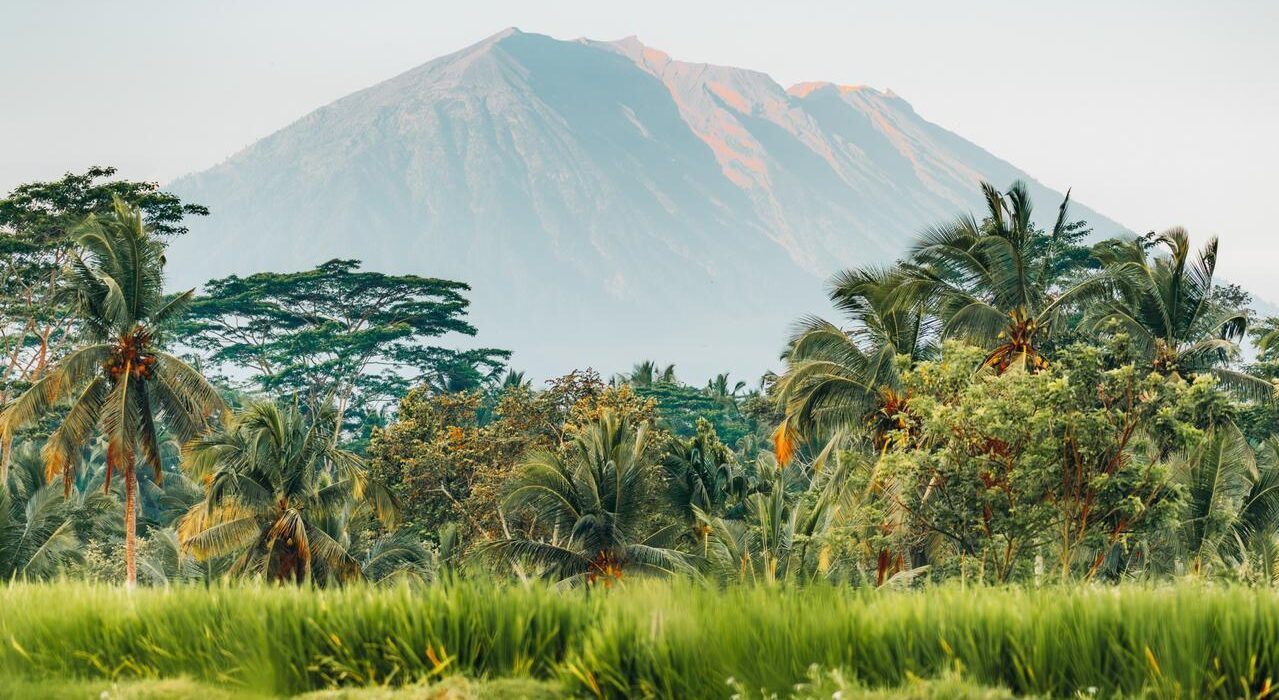Australian travelers bound for Bali were left stranded as flights to the tropical paradise were abruptly canceled or delayed. The reason? Indonesia’s infamous Mount Lewotobi Laki-Laki, a restless volcano known for its unpredictable eruptions, had once again unleashed its fury upon the skies.
Imagine the chaos at airports as passengers eagerly waiting to embark on their exotic getaway found themselves facing uncertainty and frustration. It’s never a good sign when your travel plans are thwarted by Mother Nature’s whims.
The news rippled through the aviation industry like wildfire. International flights shuttling between Australia and Bali bore the brunt of this volcanic tantrum, with at least five return flights canceled outright and numerous others experiencing delays. The looming ash cloud from Mount Lewotobi Laki-Laki cast a shadow over travel schedules, prompting airlines to err on the side of caution.
“An eruption of that size certainly carries a higher potential for danger, including its impact on aviation,”
remarked Muhammad Wafid, head of Indonesia’s Geology Agency. The safety implications were clear, urging authorities to consider expanding danger zones around the volatile volcano to safeguard residents and tourists alike.
As plumes of ash billowed into the sky and lava oozed down the mountain slopes, it was evident that Mount Lewotobi Laki-Laki meant business. Drones captured dramatic footage of the crater filling with molten rock—a chilling reminder of nature’s raw power lurking beneath our feet.
The threat extended beyond just grounded flights; there were ominous warnings of potential lahar floods if heavy rains decided to join in on nature’s destructive symphony. Villages near rivers braced themselves for possible mudflows carrying volcanic debris—a grim prospect that underscored the perils posed by active volcanoes.
Passengers scheduled to board Virgin Australia-operated flights faced disappointment as services to Bali were axed without mercy.
“Some Virgin Australia Bali services have been cancelled following the eruption,”
confirmed a spokesperson for the airline—their priority firmly fixed on passenger safety amidst turbulent circumstances.
Qantas, Jetstar, and other carriers grappled with logistical challenges as they monitored ash cloud movements closely to assess flight risks. Delays loomed large as operational teams scrambled to adapt to this unwelcome disruption in travel plans caused by forces beyond human control.
InJourney Airports reassured travelers that despite Mount Lewotobi Laki-Laki’s fiery theatrics, Bali’s Ngurah Rai international airport continued operations without major hitches—a silver lining amid an otherwise tumultuous travel landscape.
Indonesia sits atop a volatile geological hotspot—the “Ring of Fire”—a region notorious for seismic activity due to tectonic plate interactions. With 120 active volcanoes dotting its landscape, eruptions like those from Mount Lewotobi Laki-Laki serve as stark reminders of nature’s capricious temperament.
This latest chapter in Indonesia’s volcanic saga serves as a poignant tale of humans navigating an untamed world where ancient forces shape destinies with unyielding resolve. As travelers wait anxiously for skies to clear and runways to reopen, one can’t help but marvel at nature’s awe-inspiring might—and our humble place within its grand design.

